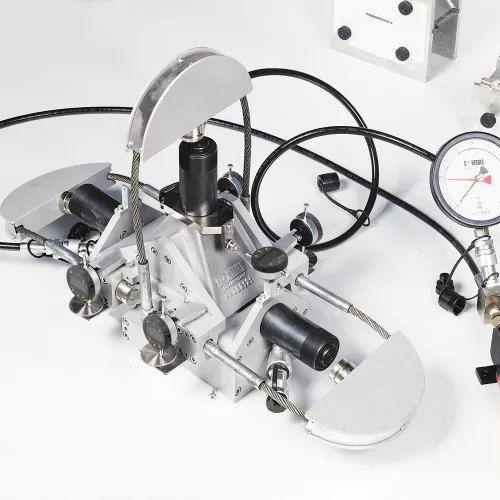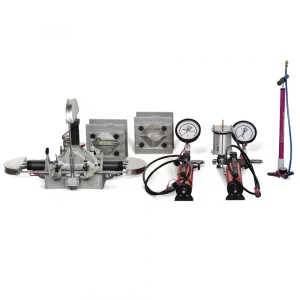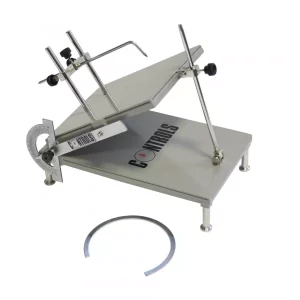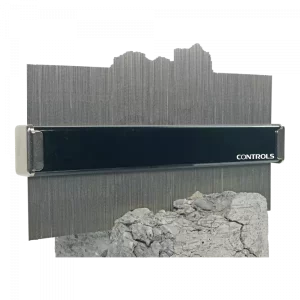
Rock joints originate from geological failures occurring when a break in the rock mass continuity along with no visible displacement has occurred. From a rock mechanics point of view, the discontinuities are characterized by a lower mechanical strength than the original rock matrix and require the following detailed test investigations:
• shear strength of the joint performed with the rock shear box apparatus,
• tilt test performed with the tilt test apparatus,
• surface roughness of the joint performed with the profilometer (Barton comb).
Download our new Buyer's Guide for Rock Shear Box Apparatus



